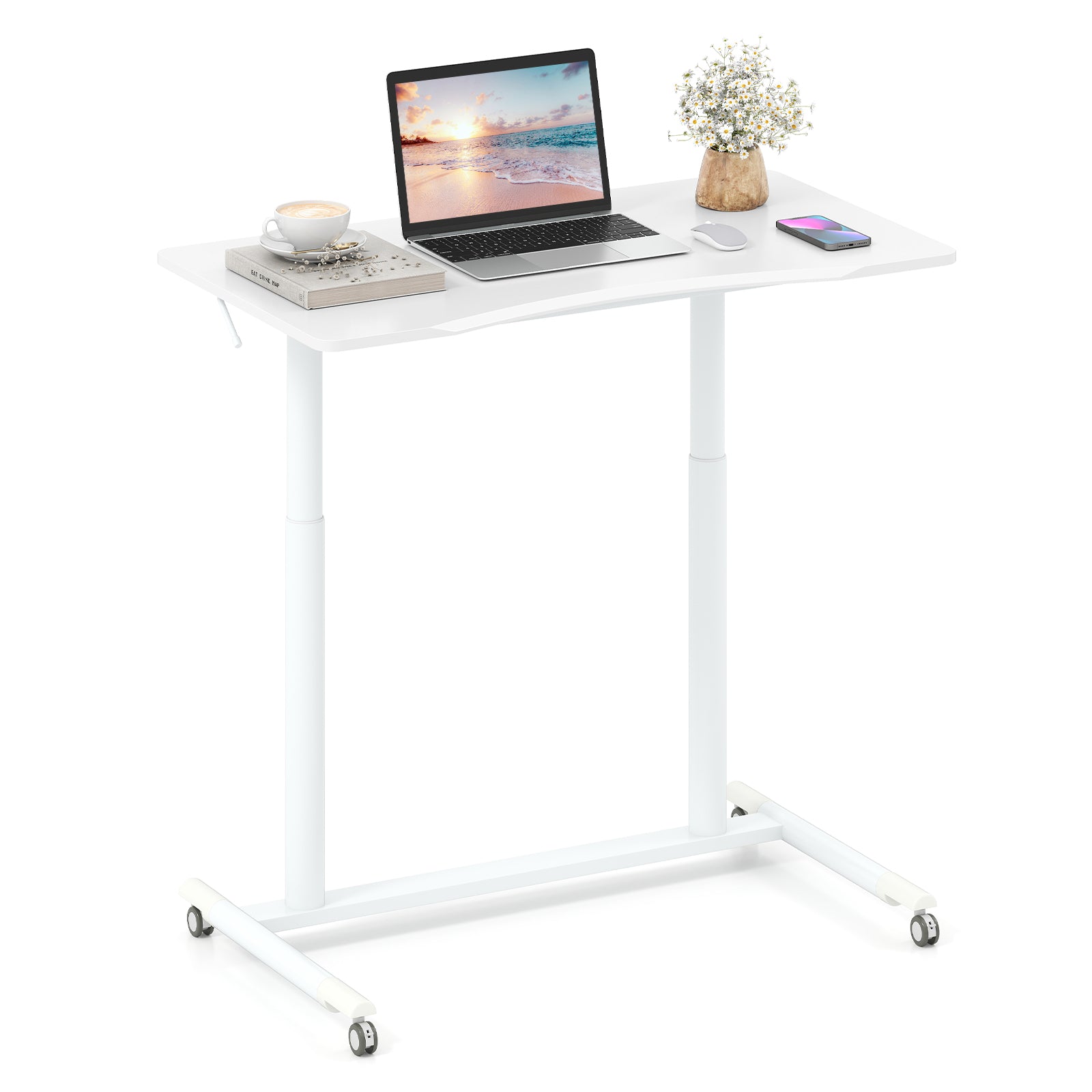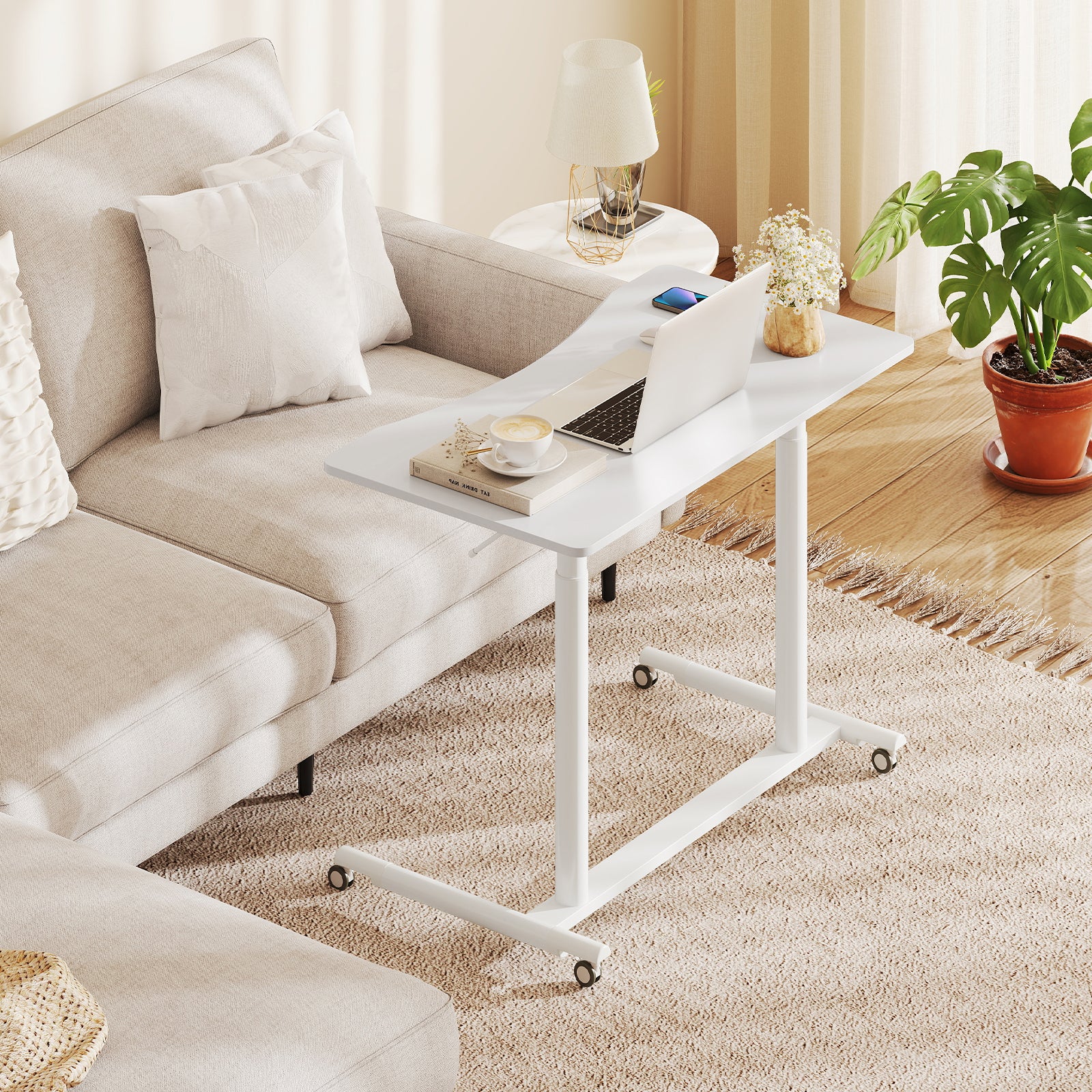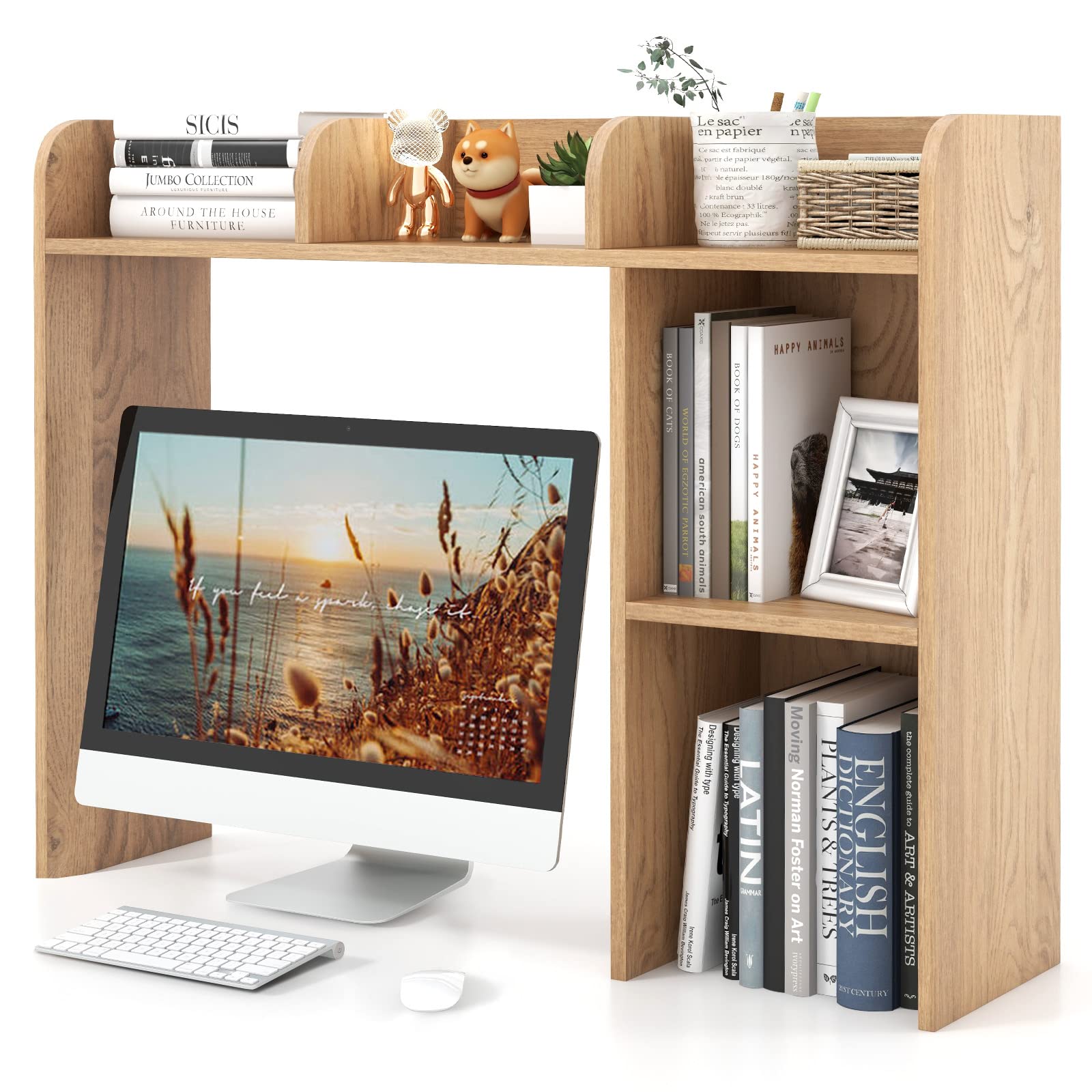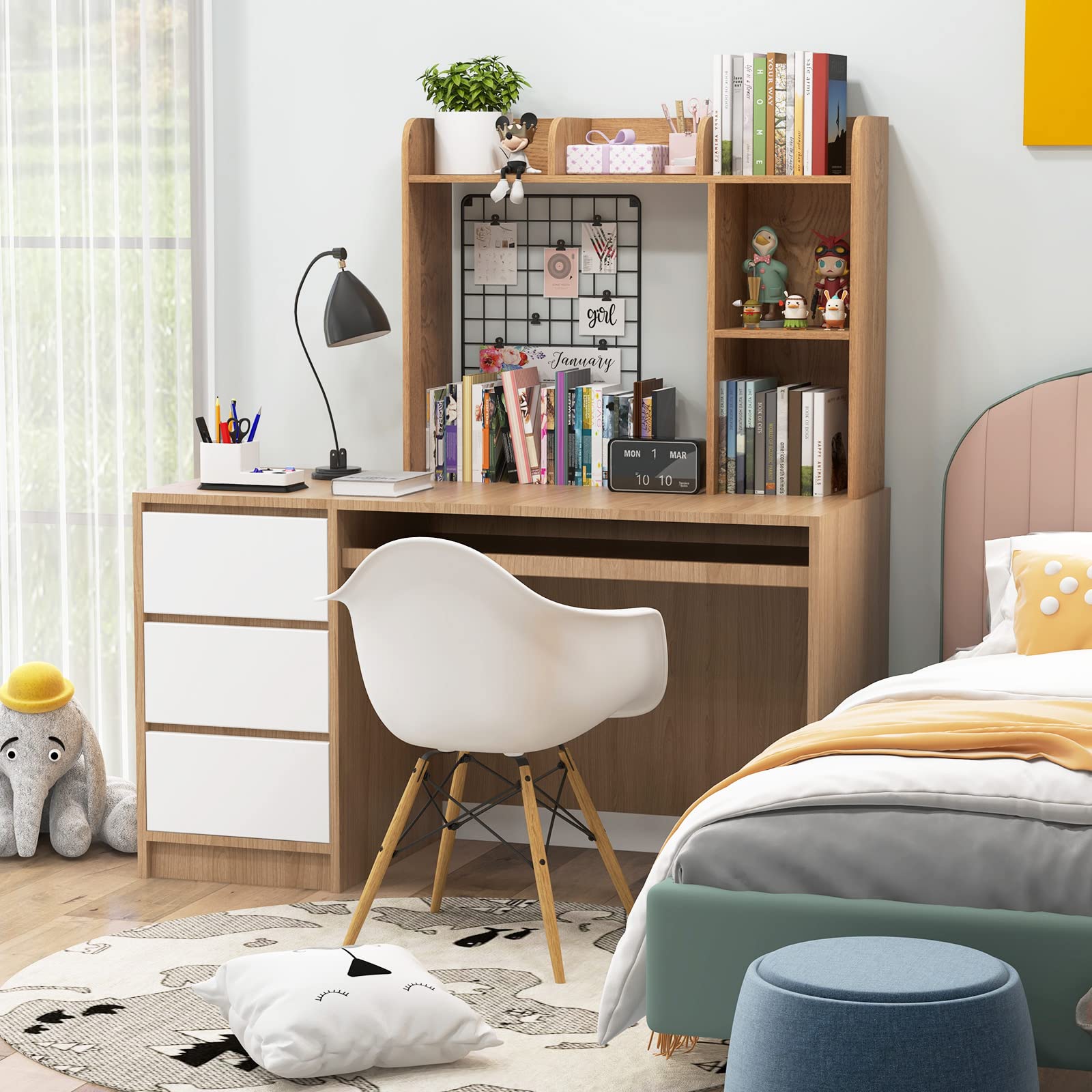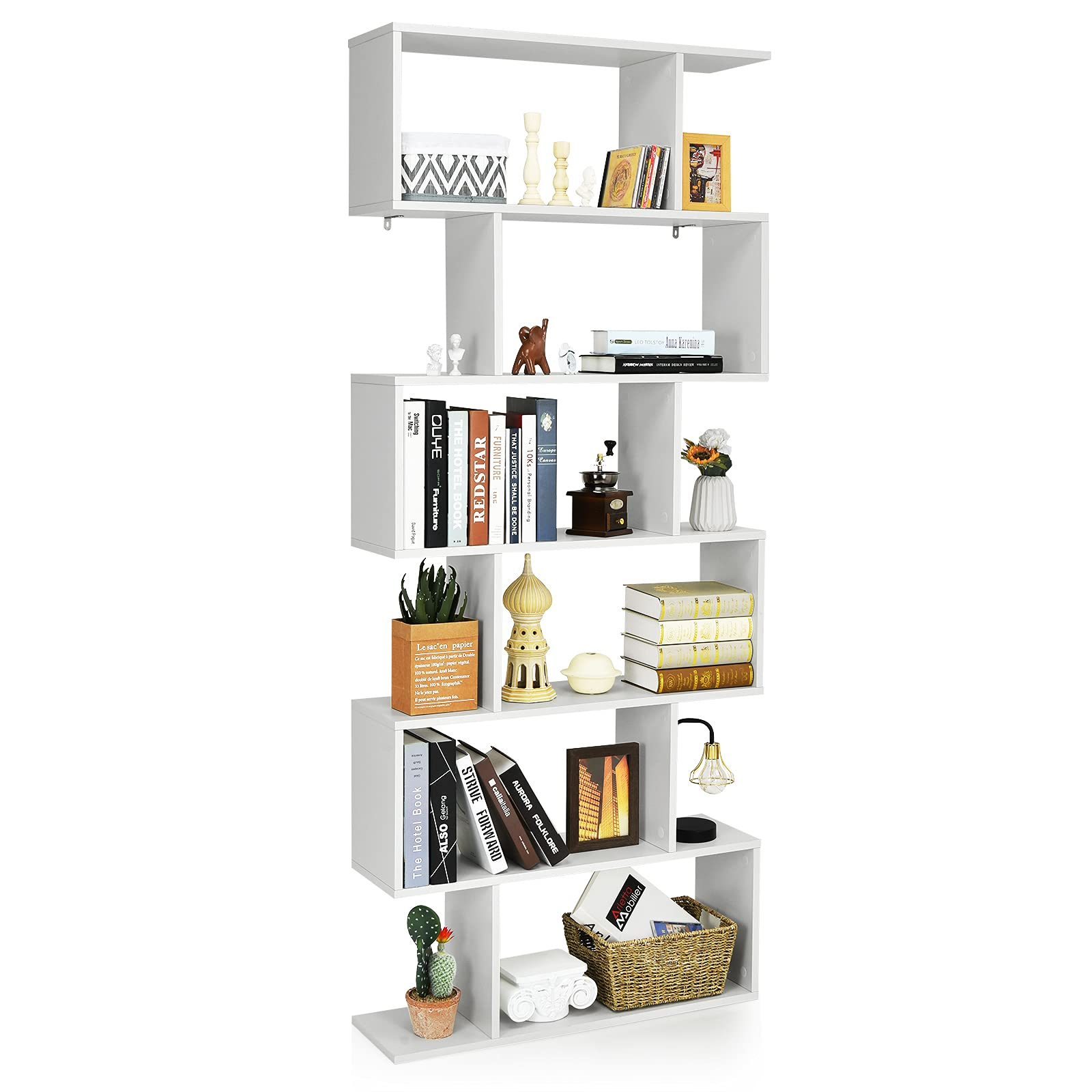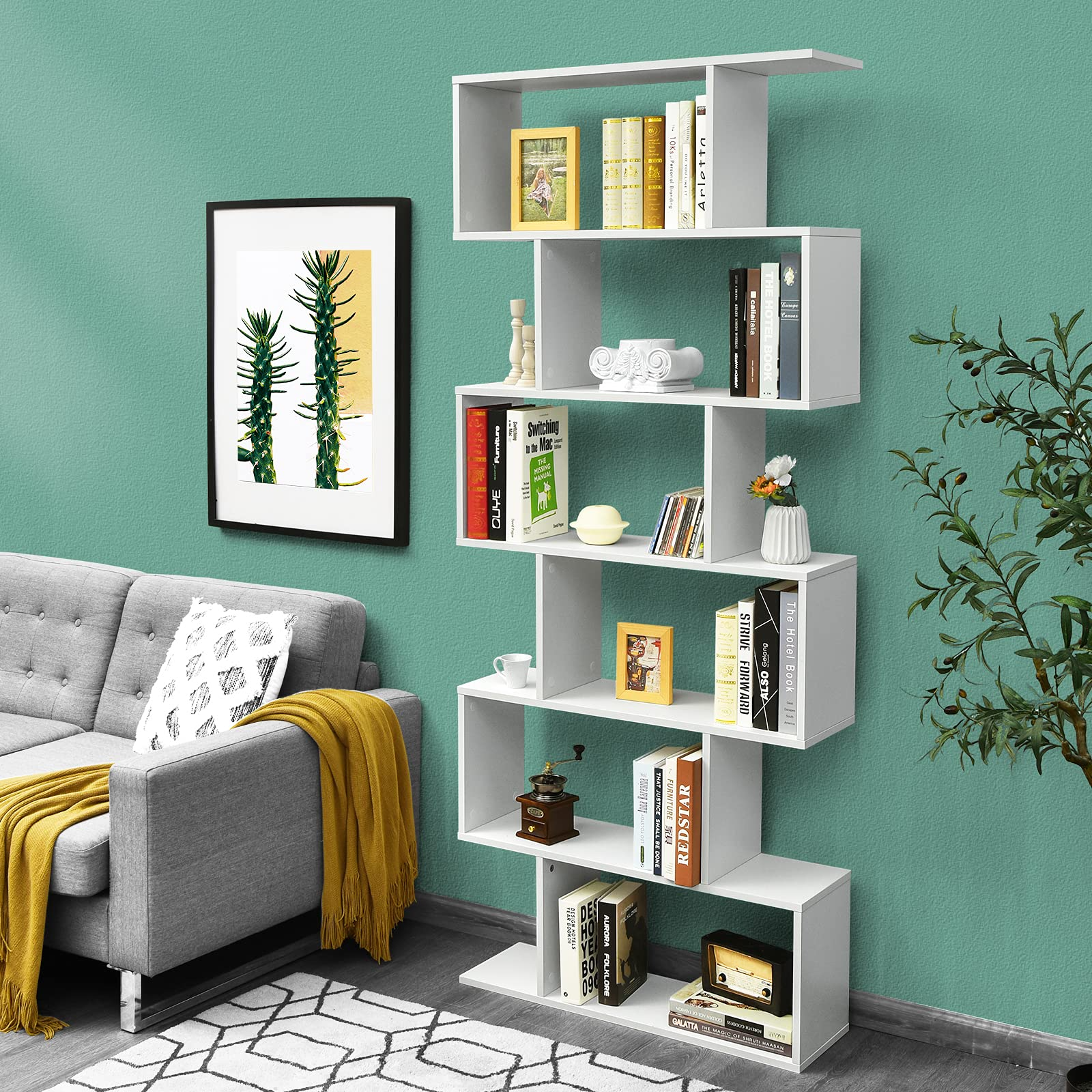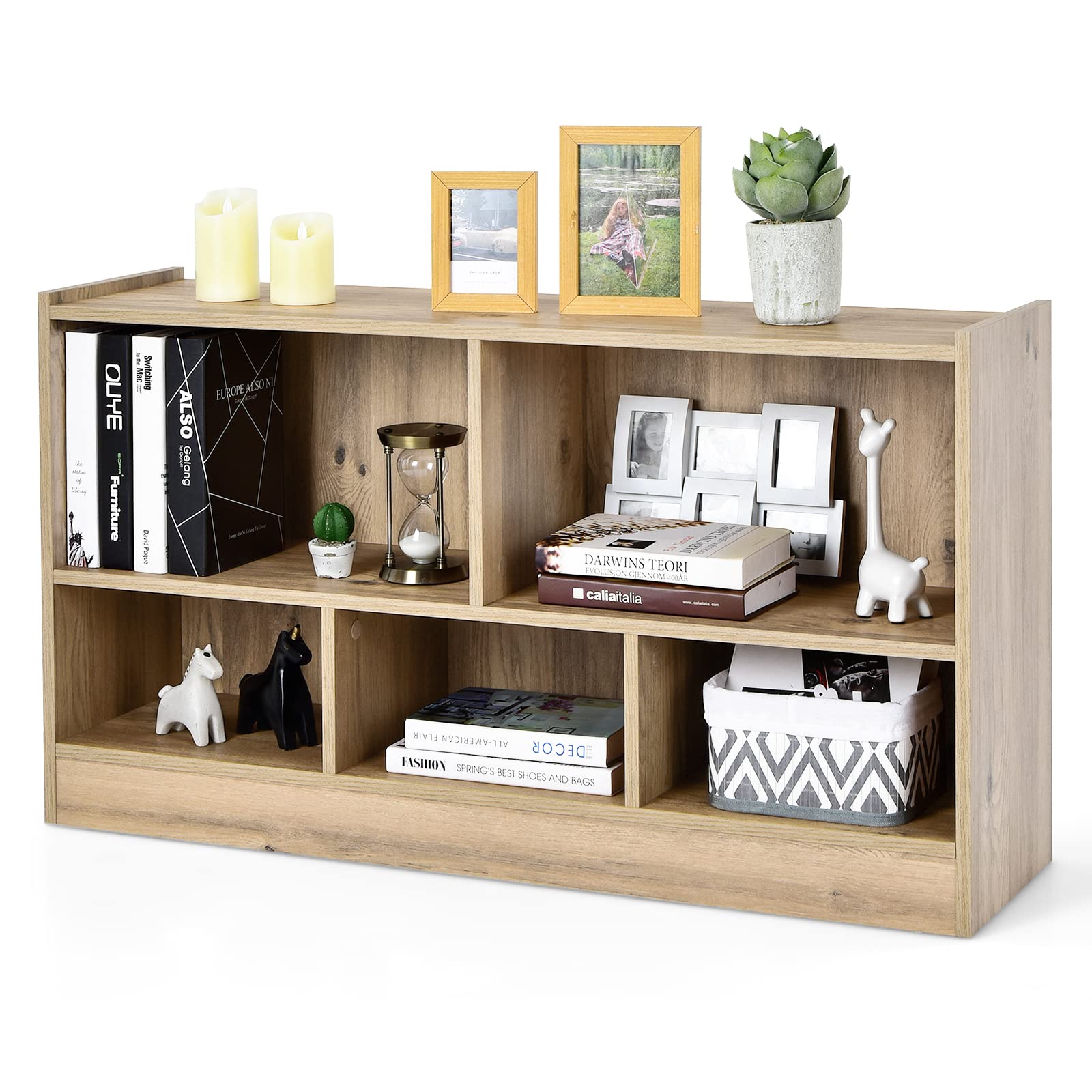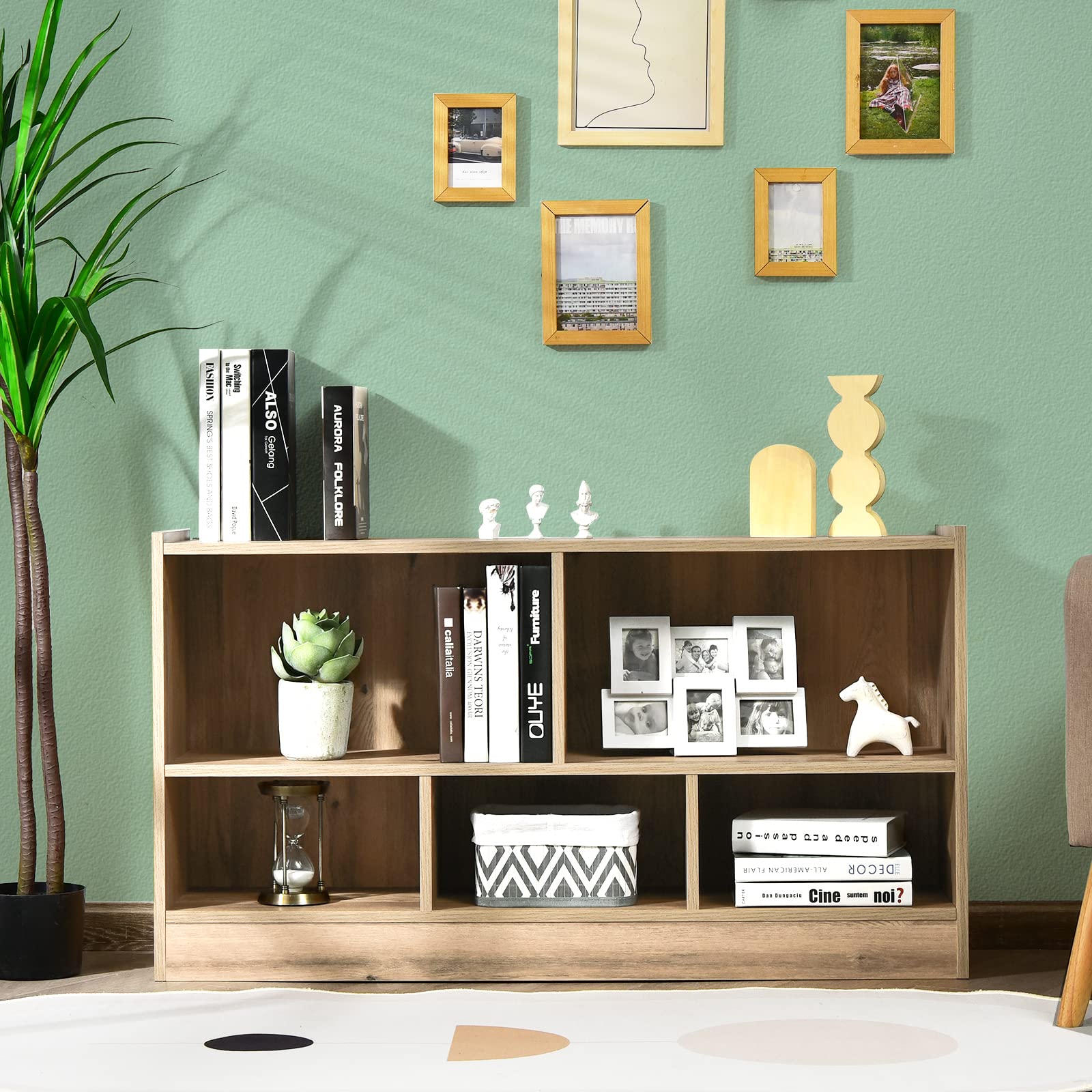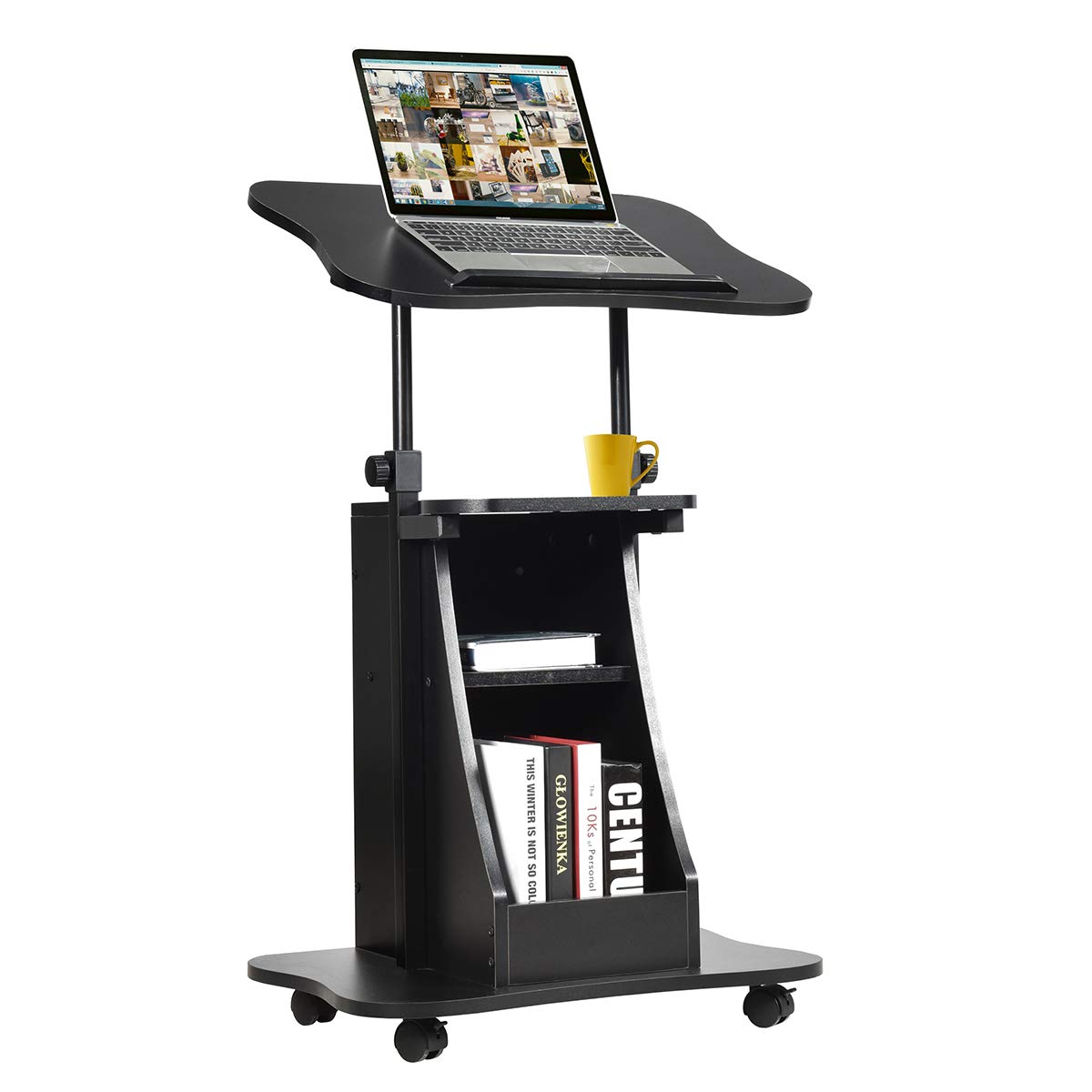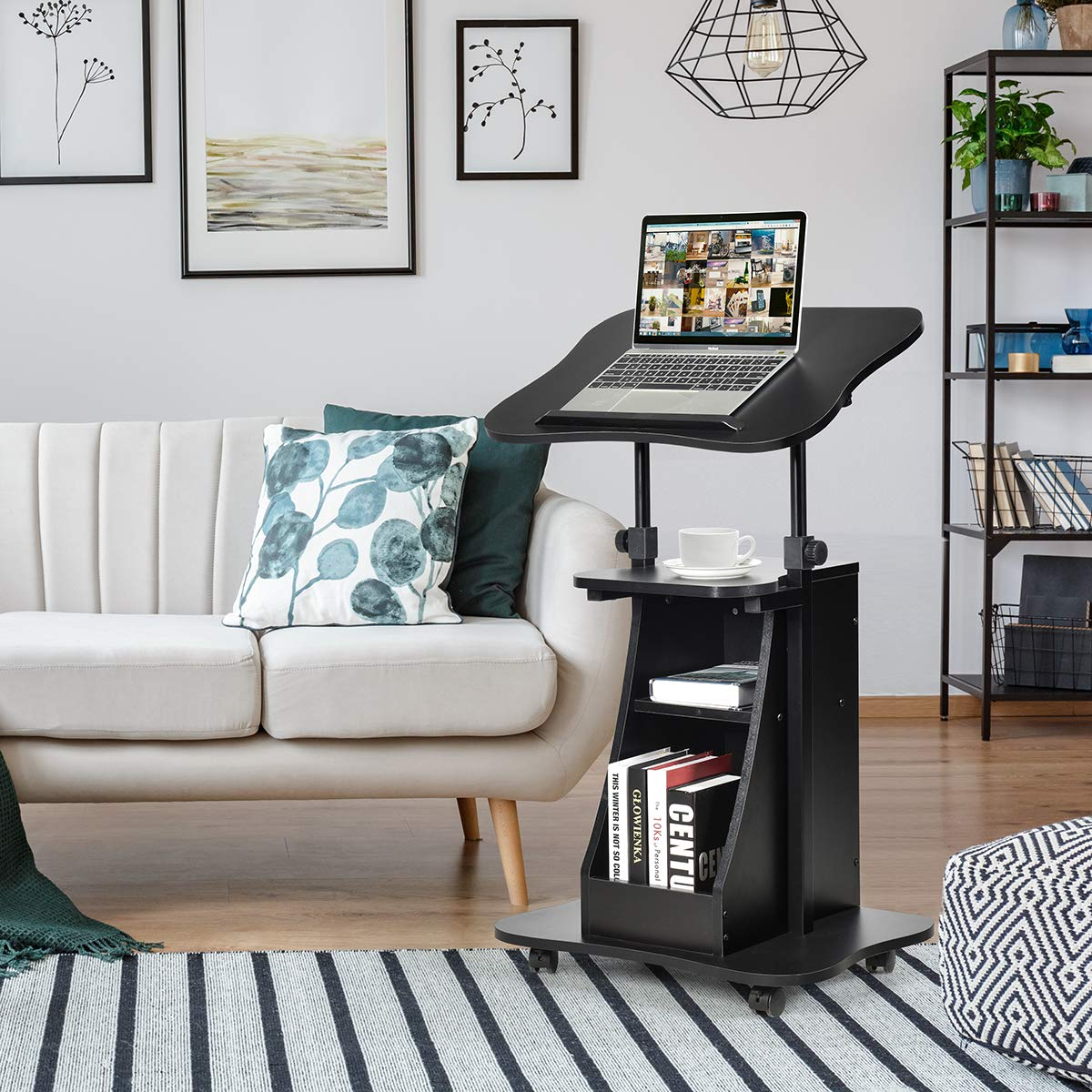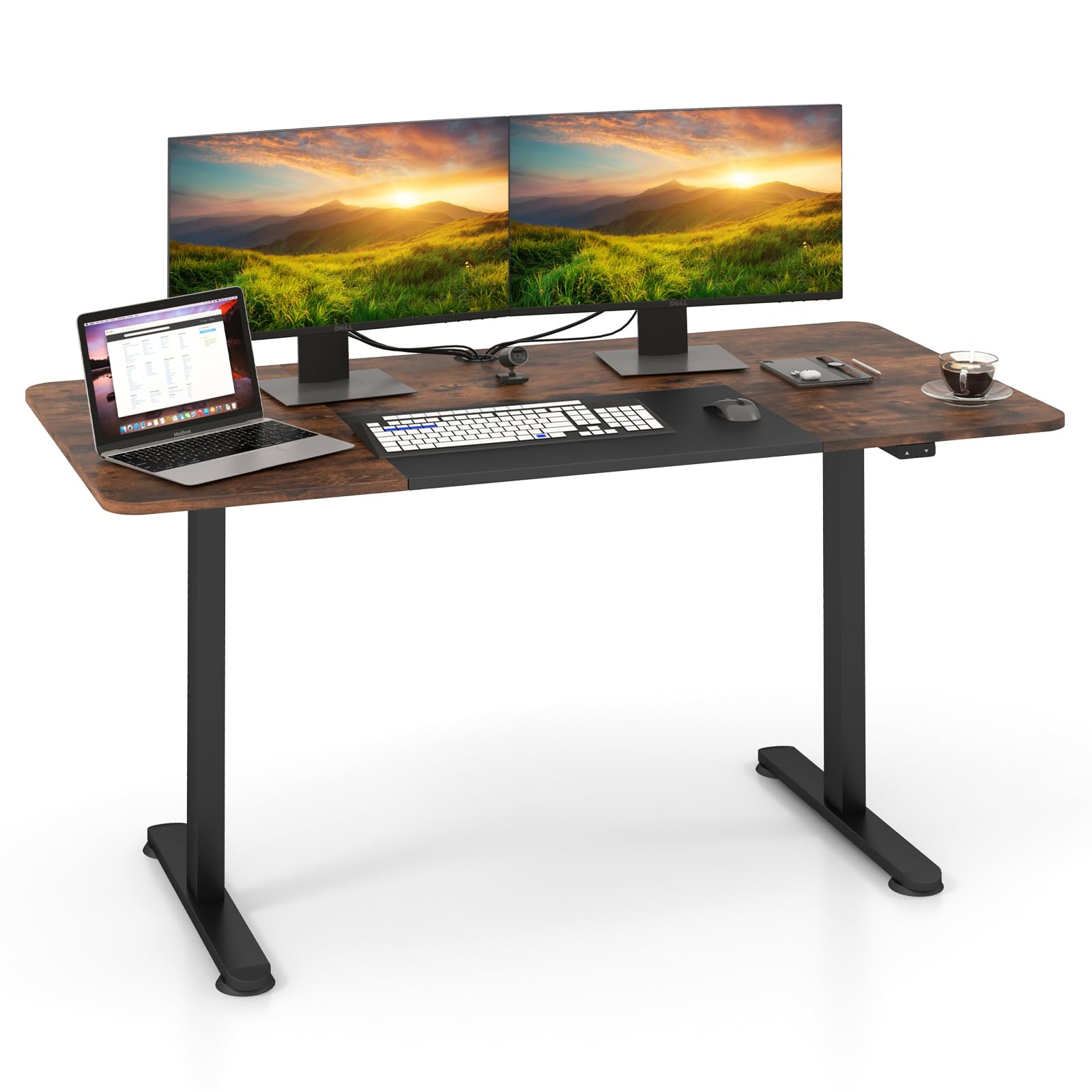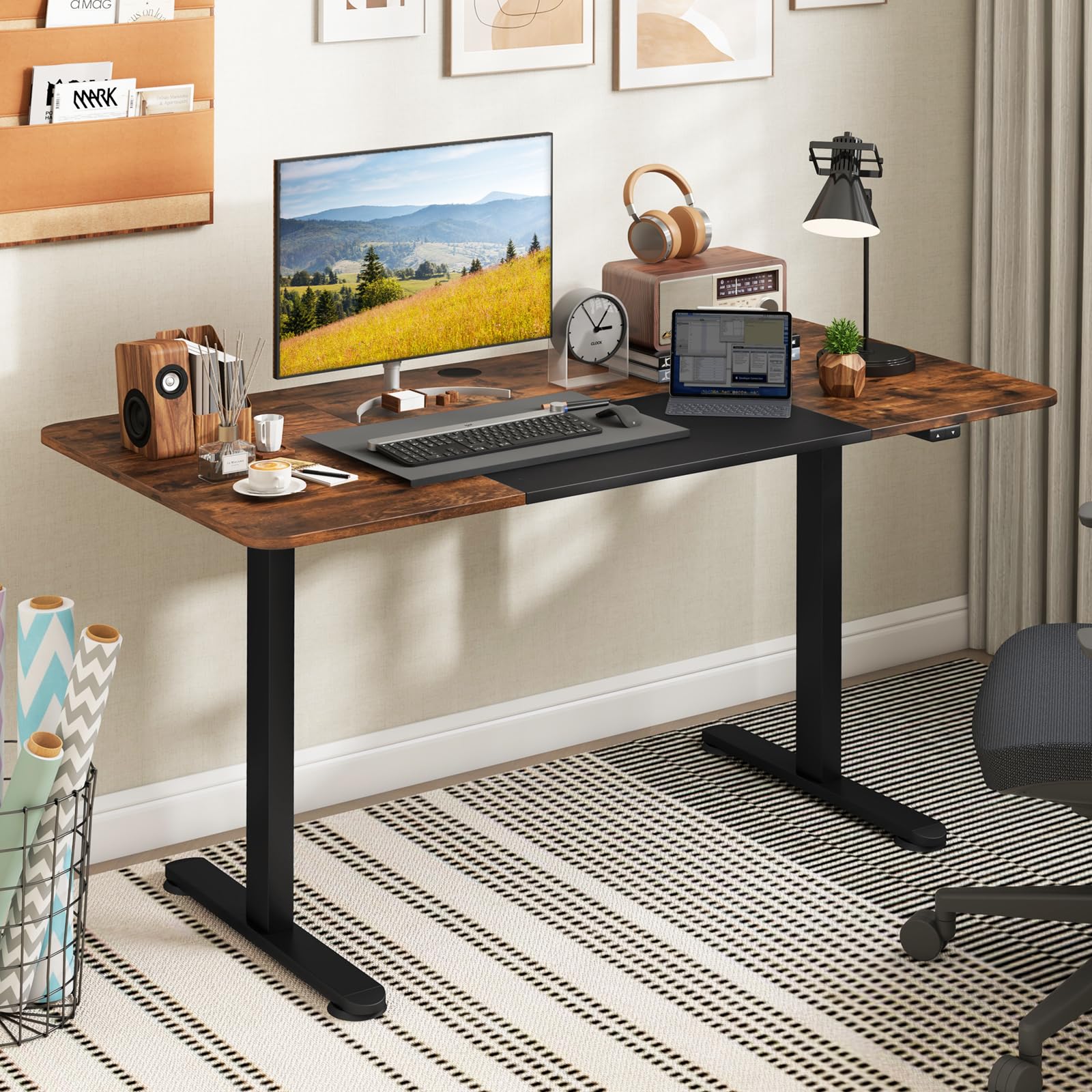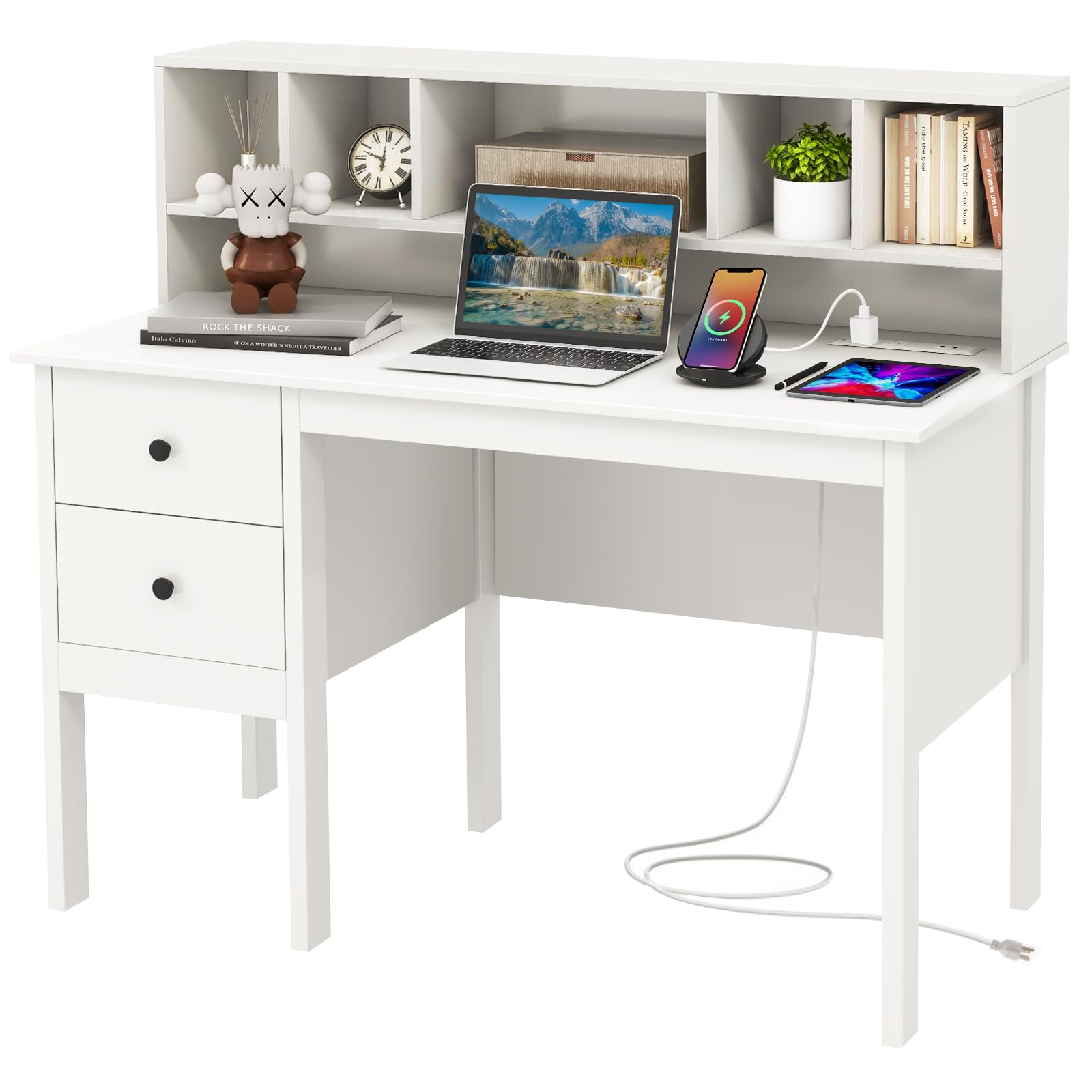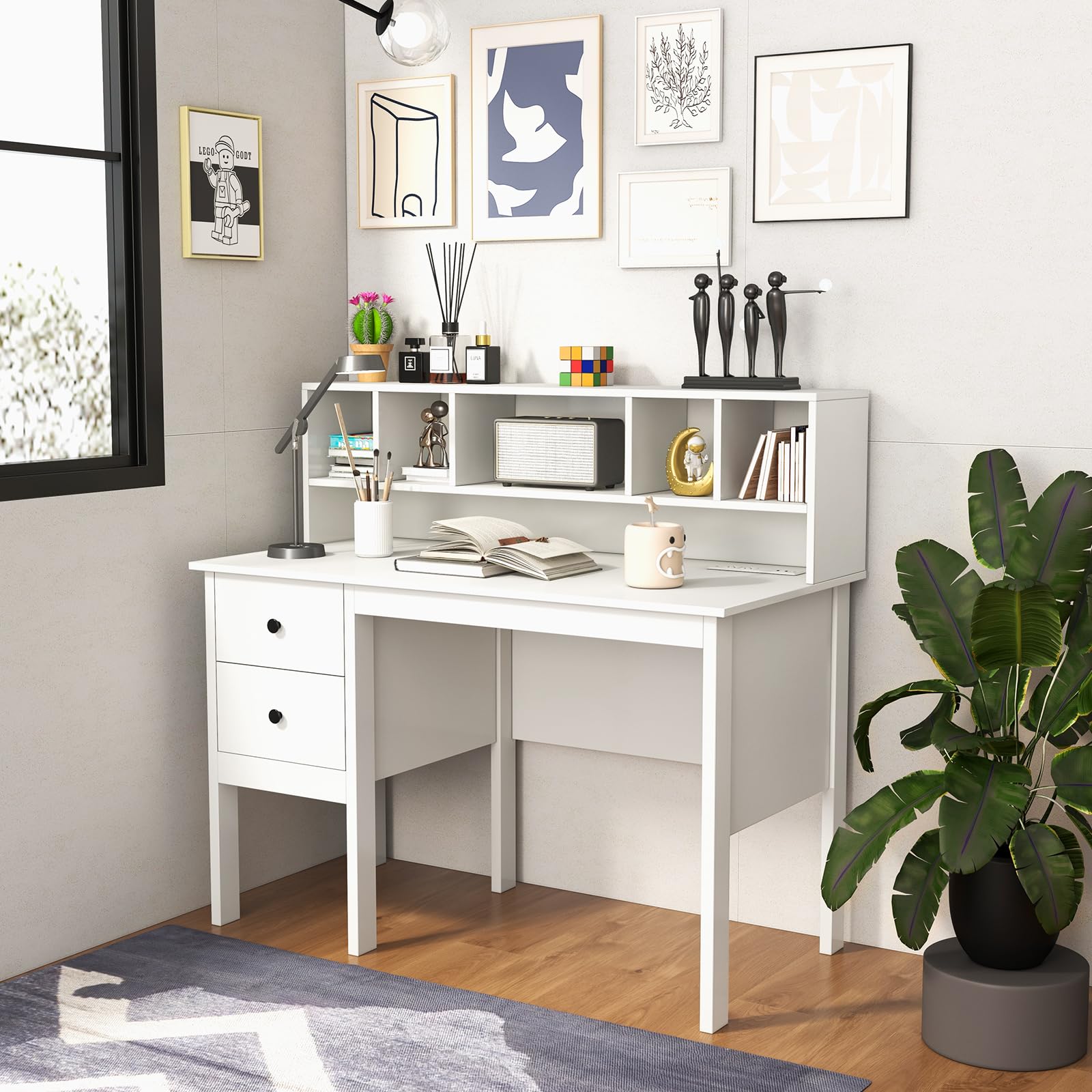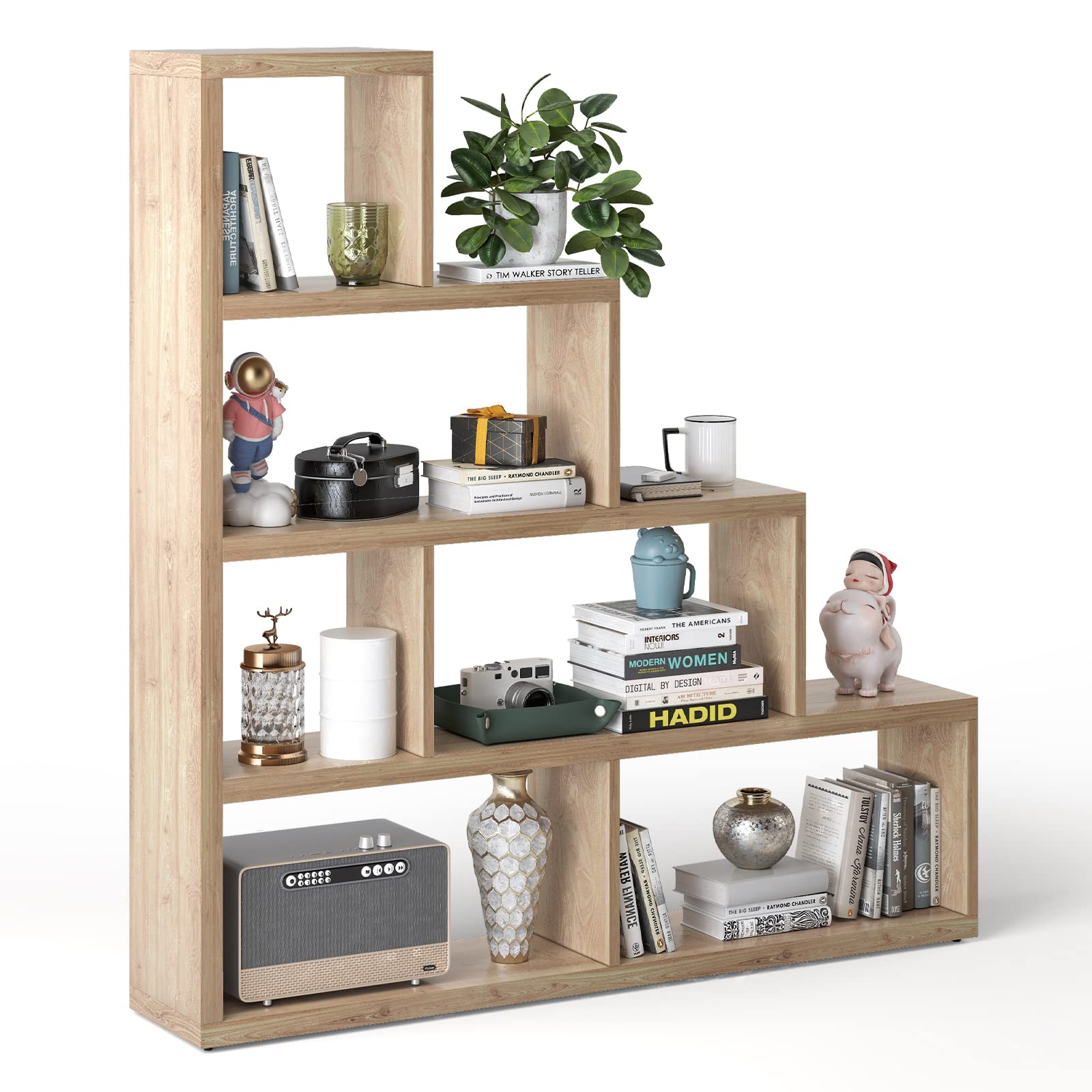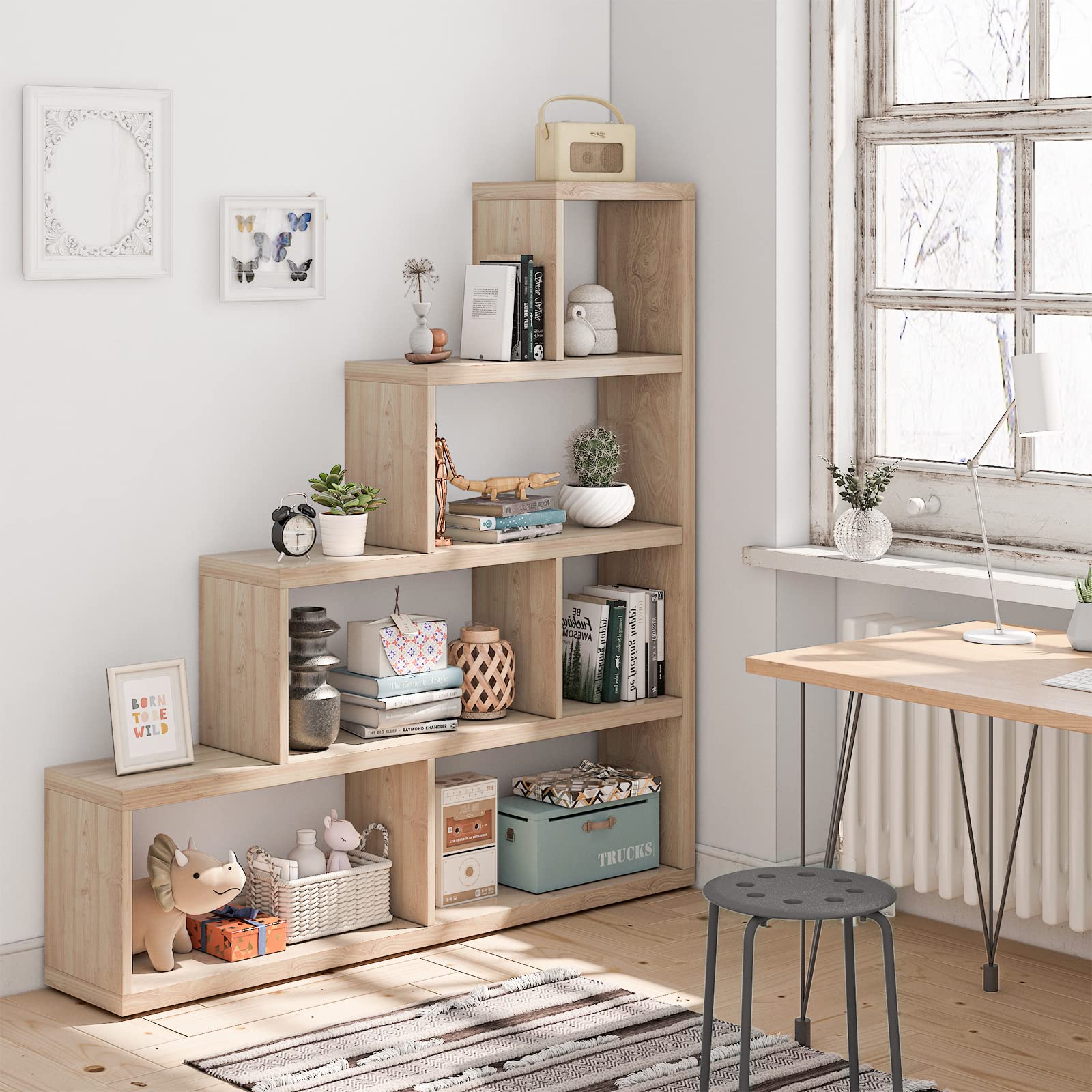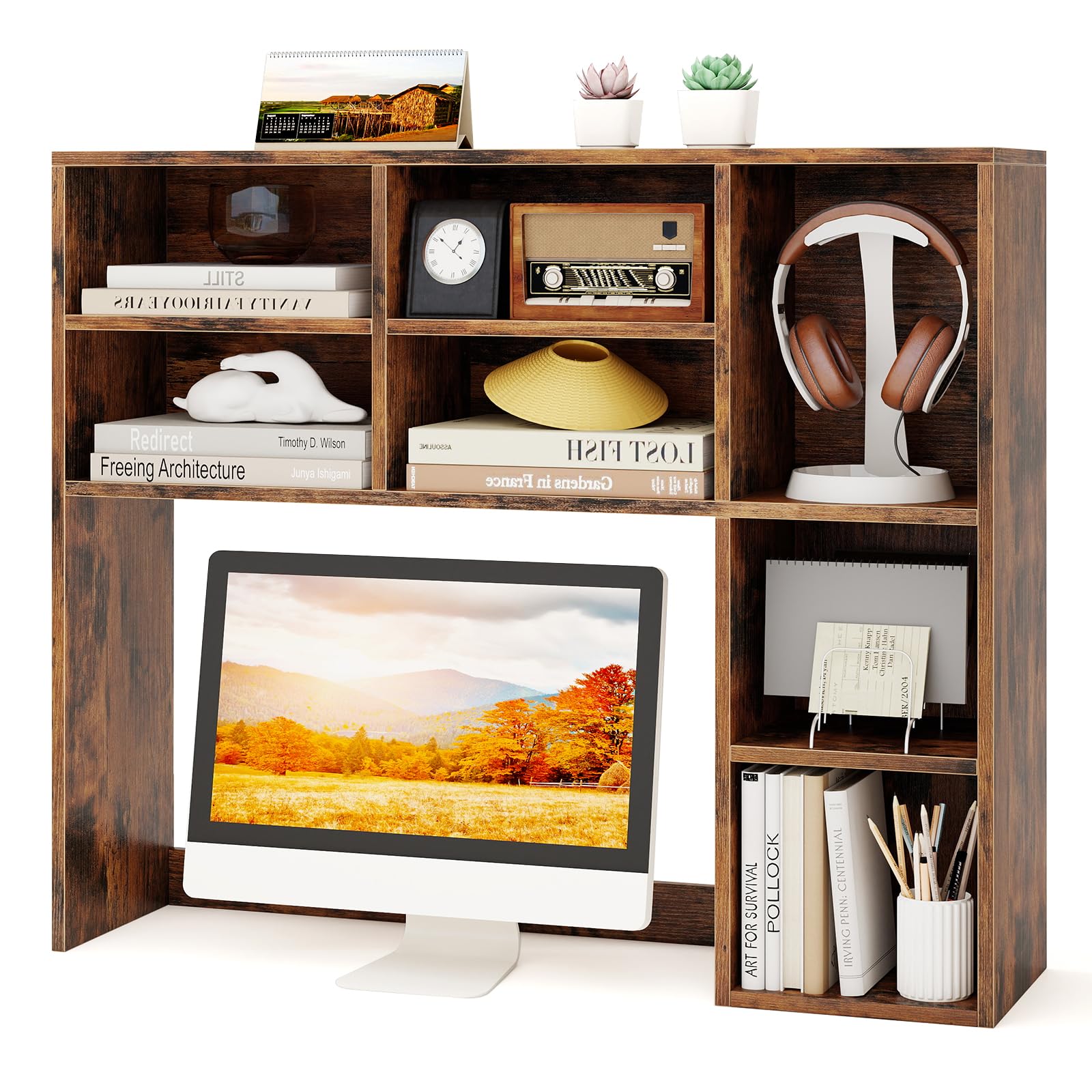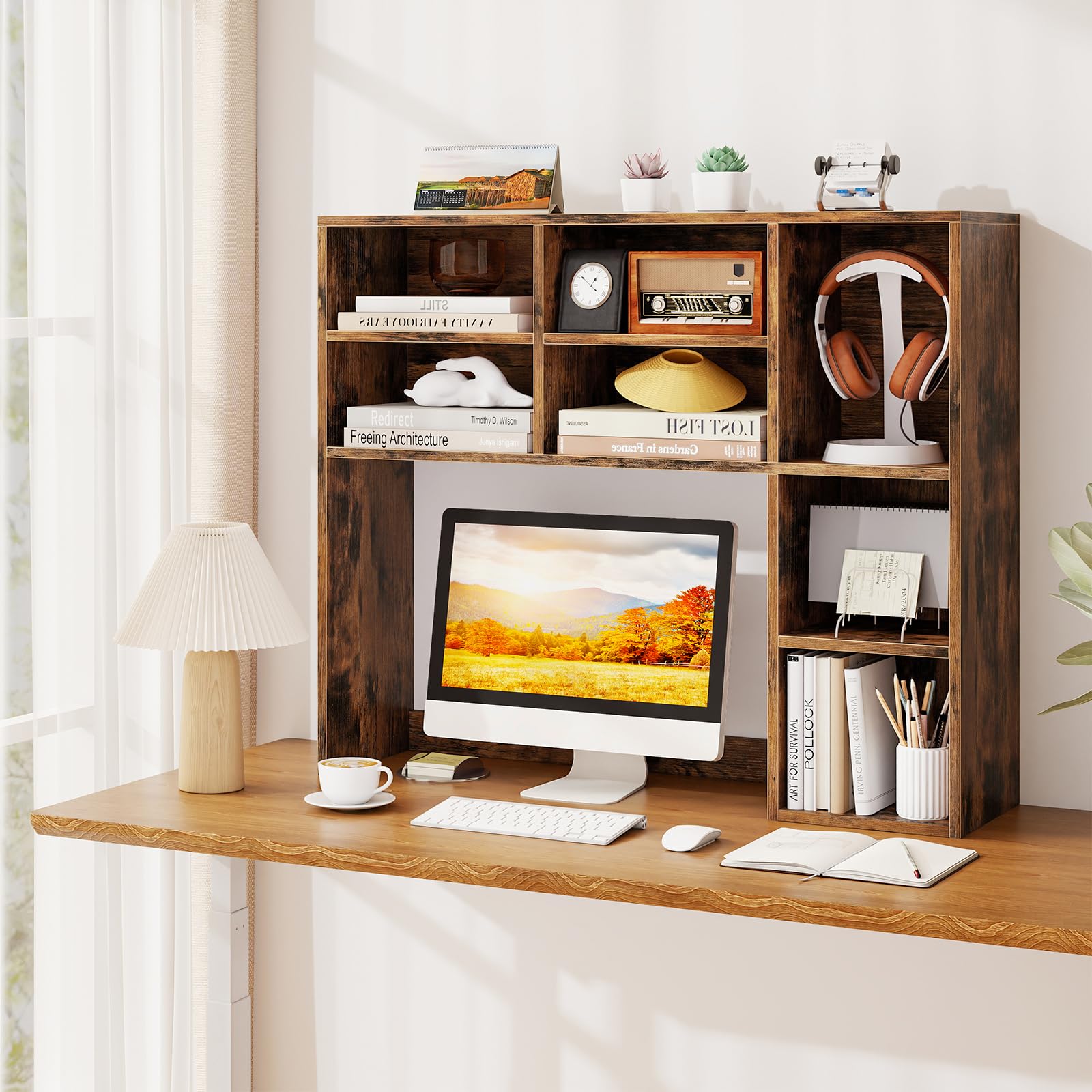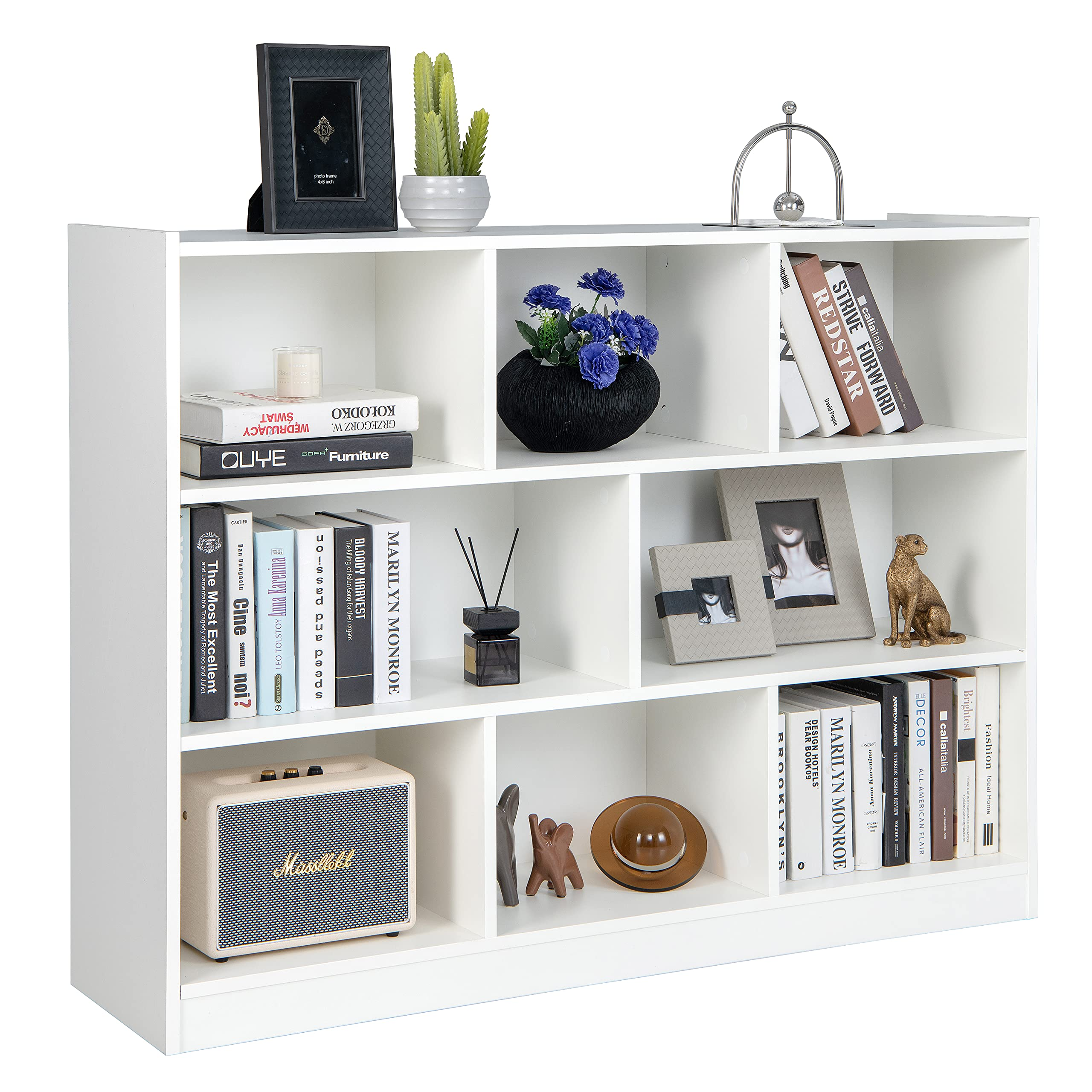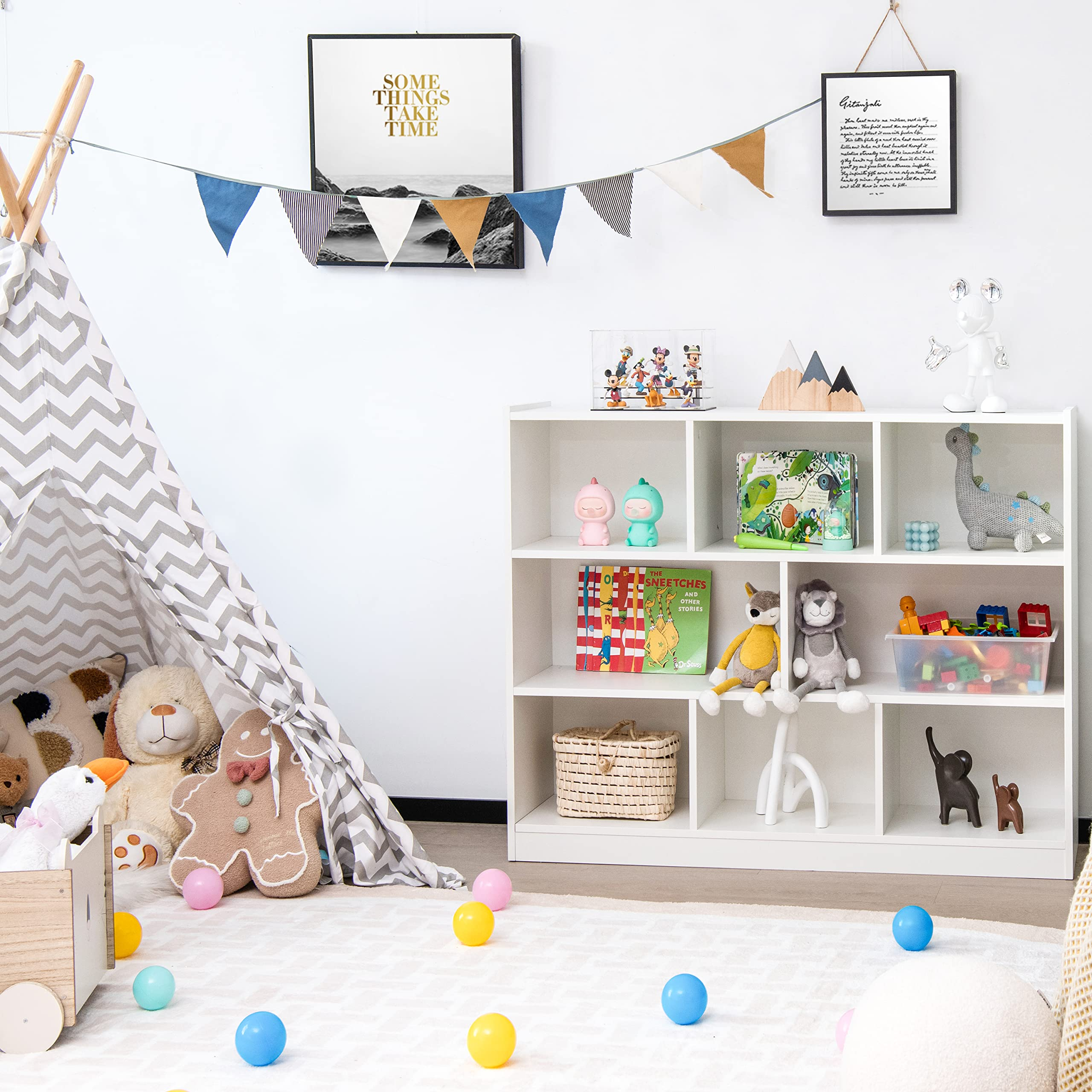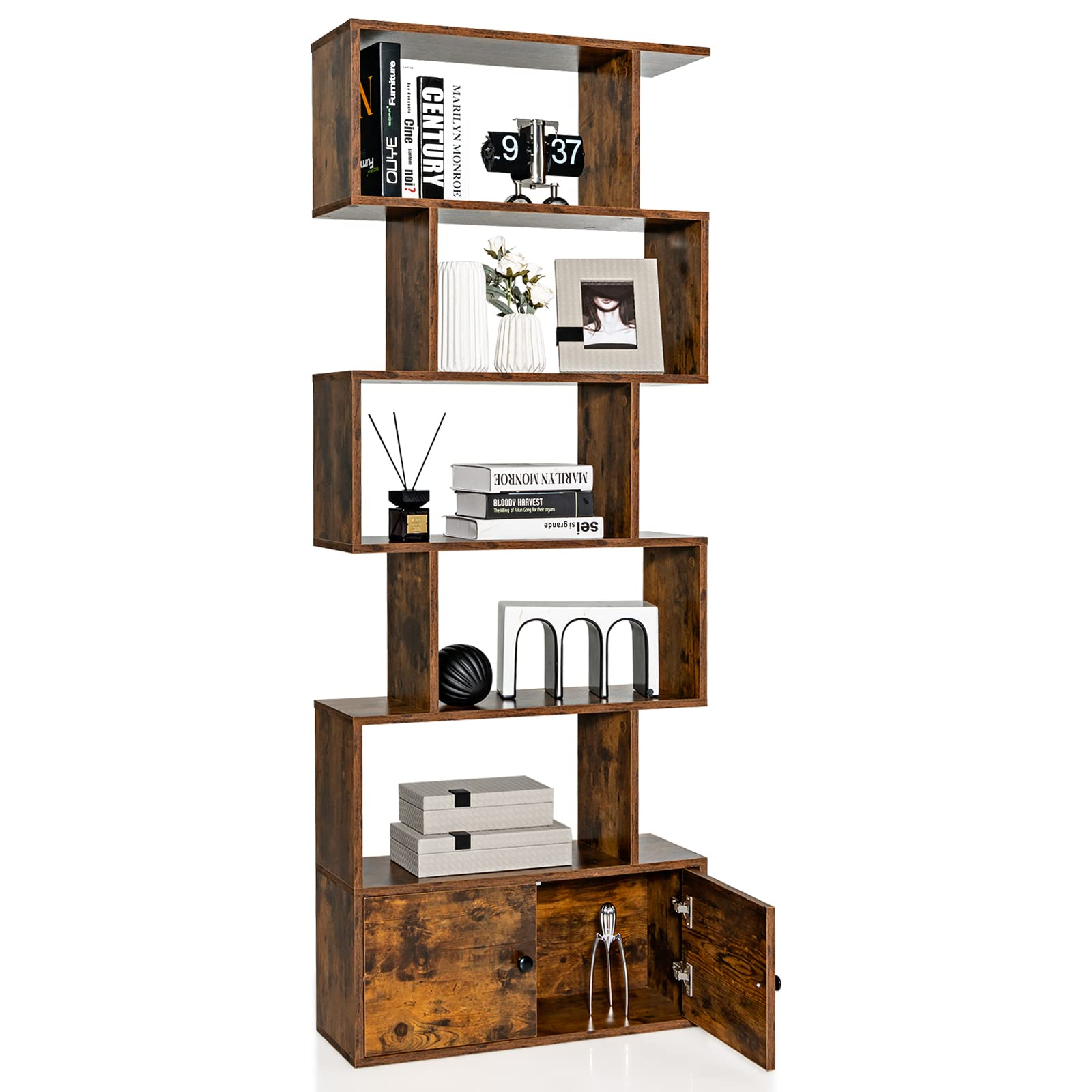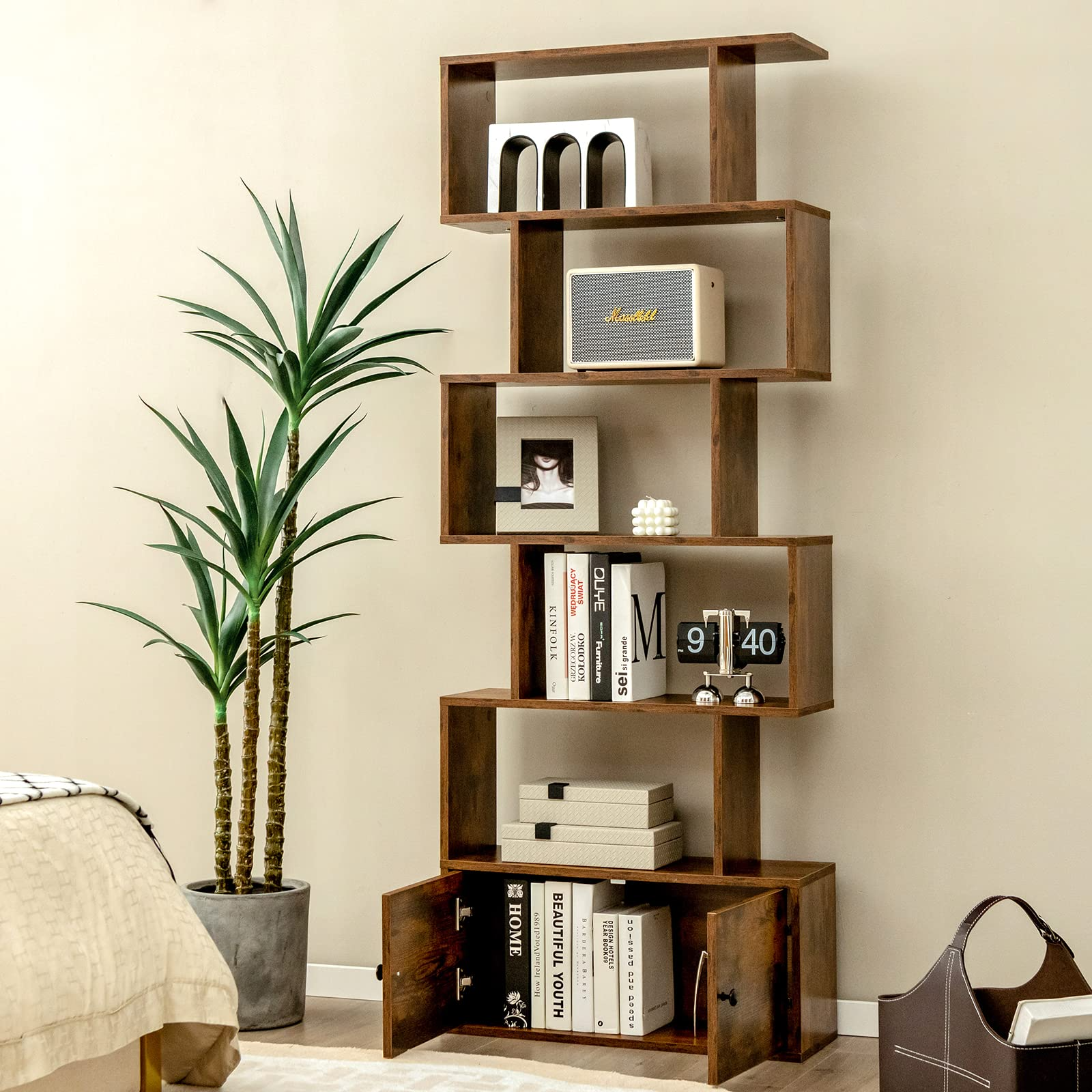8 Common Pain Points of Work from Home
Remote and hybrid work are now mainstream across North America and beyond. Gallup reports that 53% of U.S. employees with remote jobs work in a hybrid schedule. 27% work exclusively remote, and only 21% work fully on-site as of May 2024.
Yet most homes lack the home office furniture and layouts built for 8+ hour workdays. From cramped corners to chronic back pain, these everyday hurdles quietly erode focus, comfort, and well-being. A LendingTree survey found that 78% of remote workers face challenges like home distractions and social isolation.
This guide highlights eight common pain points, supported by data. It offers practical solutions focused on furniture. These solutions work for any space or budget. They include hutch desks, office storage cabinets, and modular office furniture.
1. Limited Space & Layout Constraints
The Problem:
32% of remote workers cite “home distractions” as their top obstacle, while small apartments and shared rooms restrict desk placement and movement. Additionally, 45% of remote workers use multi-purpose rooms like bedrooms or kitchens.
Smart Furniture Fixes:
- Foldable wall-mounted desks that store flat against any wall.
- Mobile standing desks on wheels—perfect for apartments from Toronto to San Francisco.
- Corner L-shaped home office desks that maximize 90° wall space in compact studios.
- Bookshelf desks and desk hutches that combine work surface and vertical storage.
If you work from a small condo or studio, modular office furniture is a great choice. It lets you change your layout as needed. You can turn even the smallest nook into a home office corner.
2. Poor Ergonomics & Back Pain
The Problem:
Slouching over kitchen tables triggers lumbar strain. Studies show that 80% of adults experience lower back pain, and 50% of acute cases recur within a year. Remote work setups make this worse—92% of chiropractors report more musculoskeletal issues since WFH became common.
Evidence-Based Fixes:
| Item Key | Feature | Benefit |
| Ergonomic Chair | Adjustable lumbar + seat depth | Reduces lower back pressure by 25% |
| Sit-Stand Desk | Electric height 28–48 in | Changes posture every 30–60 minutes |
| Monitor Arm | Eye-level screen alignment | Reduces neck strain by 20° |
Combine your ergonomic chair with a desk cabinet or printer table. This keeps your essentials close and your space tidy. Investing in contemporary office furniture that supports movement and posture pays off with greater comfort and productivity.
3. Lack of Dedicated Storage
The Problem:
Clutter raises cortisol levels and cuts focus by up to 40%. In remote work, 69% of workers say they do household chores during the workday. They often work surrounded by piles of papers and devices.
Smart Storage Solutions:
- Wall-mounted office shelves or vertical storage cupboards for office—maximize height, not floor space.
- Rolling under-desk carts and filing cabinets for home office—hide documents neatly after hours.
- Office storage cabinets with lockable drawers for secure organization.
- Cabinet desks with built-in cubbies and drawers—ideal for minimalist setups.
Adding office cabinets to your workspace keeps things organized. A home office furniture set makes sure your desk, hutch, and shelves match in style and function.
4. Poor Lighting & Eye Strain
The Problem:
Uneven lighting leads to headaches and eye fatigue. Research shows 62% of professionals experience daily eye strain, especially remote workers spending more time in front of screens.
Lighting Checklist:
- Choose a desk with matte surface finish to diffuse reflection.
- Add a task lamp with adjustable color temperature (2700K–5000K).
- Position your table furniture office setup near a window for natural light balance.
Pair lighting with a modern home office desk hutch—upper shelves can help bounce light and keep your desktop organized.
5. Household Noise & Distractions
The Problem:
Background noise drops productivity by 66%. In shared or open-plan homes, it’s one of the top challenges of hybrid work.
Acoustic & Spatial Fixes:
- Add privacy screens or office storage cabinets as subtle partitions.
- Choose soft furnishings (curtains, rugs) to dampen echo.
- Incorporate desk hutches and office shelves to create a visual sound barrier.
Even in small homes, having a defined workspace is important. You can use a modular L-shaped desk in a corner. This setup helps create mental and sound separation from the rest of your home.
6. Uninspiring Design
The Problem:
Bland, mismatched furniture affects energy and motivation. Remote workers report 22% struggle to “unplug” because their workspace blends into their living area.
Style That Works:
- Try modern home office furniture in warm wood finishes like bamboo or walnut.
- Use modular office furniture in matte black or oak to suit office décor.
- Incorporate bookshelf desks and desk cabinets to display plants, books, or décor.
A well-designed space doesn’t just look good—it inspires. Coordinated home office furniture sets help you maintain harmony across your room while expressing your style.
7. Cable Chaos & Device Overload
The Problem:
Tangled cords clutter your workspace, making it harder to focus. 67% of workers juggle multiple screens daily, while 72% report tech-related stress from messy setups.
Clean Cable Systems:
- Desks with built-in grommet holes and under-desk trays to conceal wires.
- Magnetic cable clips to organize chargers.
- Wireless charging desks that replace 3–5 cords.
Look for cabinet desks or printer tables with built-in cord management. These subtle features give your modern home office a clean, polished feel—essential for maintaining both function and style.
8. Work-Life Boundary Blur
The Problem:
41% of remote workers struggle to “switch off,” with 81% checking emails after hours. Poor workspace separation is often to blame.
Boundary Tools:
- Fold-away desks that close like a cabinet at day’s end.
- LED strips programmed to shift from work-white (5000K) to relax-warm (2700K).
- Define your zone with a home office corner workstation rug or shelving divider.
If you have space, set up a special area with storage cabinets or a cupboard for office supplies. This can help you finish the workday both physically and mentally.
Final Thoughts: Build a Home Office That Works for You
Investing in modern, ergonomic home office furniture can turn daily frustrations into lasting productivity. This is true whether you work in a small space or a larger one.
By 2025, experts expect 70% of workers to work remotely at least five days a month. Upgrading your furniture is not just about style; it’s also about well-being.
At Tangkula, we believe every home deserves a workspace that blends beauty, comfort, and function. Our home office furniture sets have everything you need. We offer hutch desks, L-shaped desks, storage cabinets, and filing cabinets. We design our modular furniture to fit real homes and budgets.
👉 Ready to upgrade?
Explore the Tangkula Home Office Furniture—compact, durable, and designed for the modern remote lifestyle.
Shop Now – Free Shipping Across the U.S.










